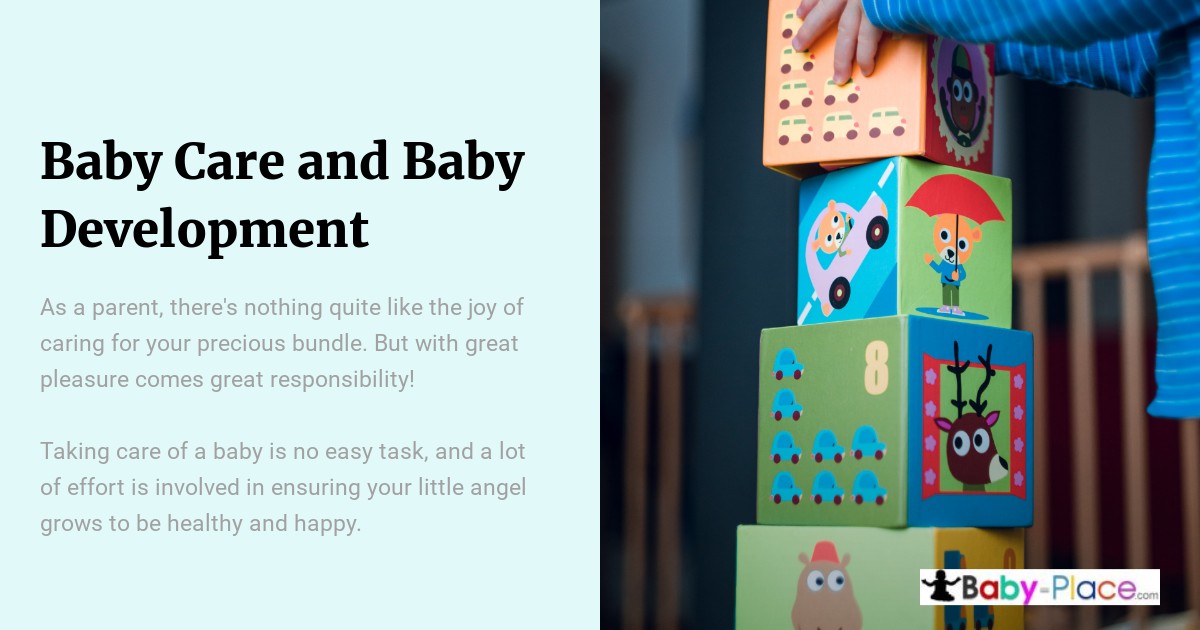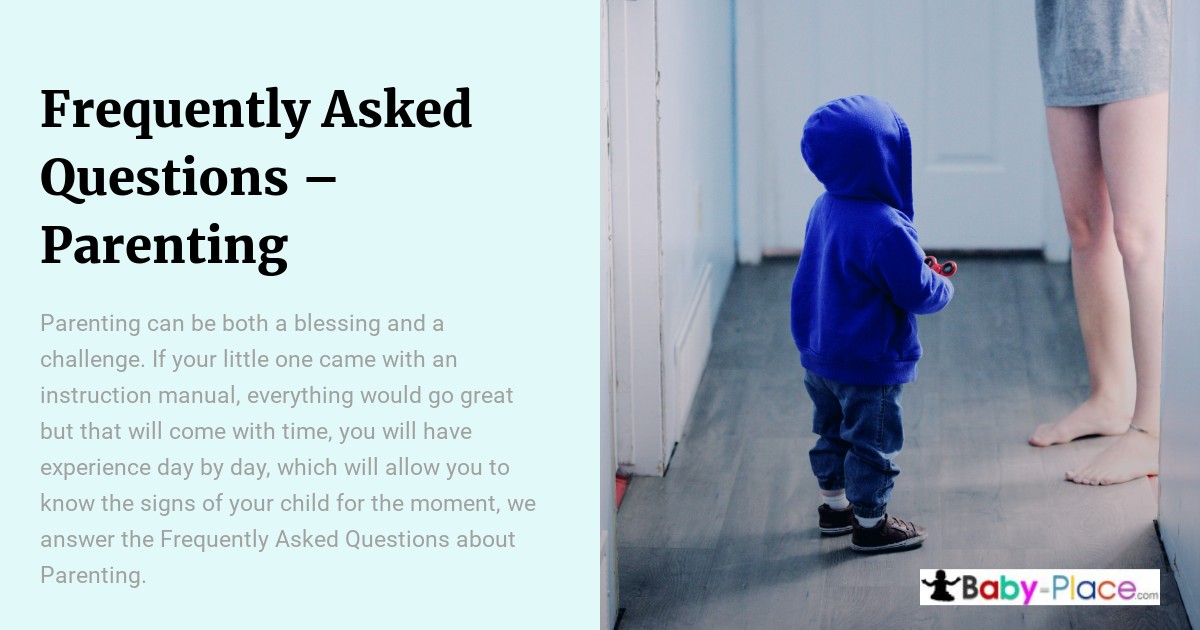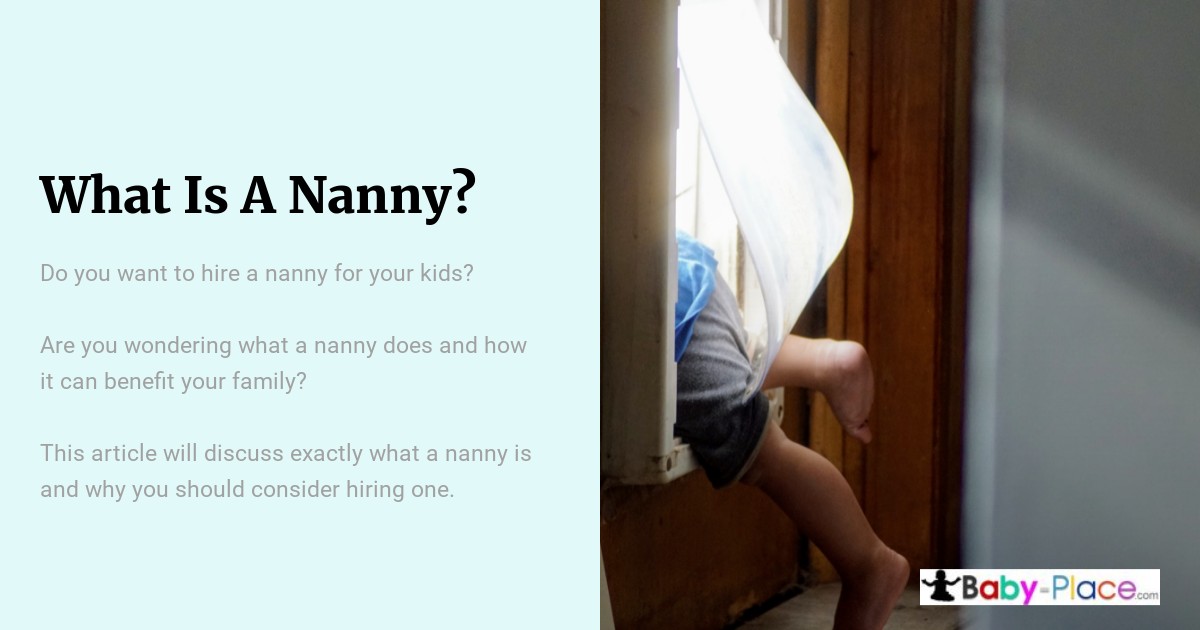
Crying is a normal part of life for babies, and it’s one of the primary ways they communicate. As a parent or guardian, understanding why your baby is crying can be both challenging and frustrating. Fortunately, there are several possible causes that may explain why your little one is upset.
As an experienced pediatrician or child development specialist, I want to help you understand what might be causing your baby to cry so that you can provide comfort and support in the best way possible. In this article, we’ll explore common reasons why babies cry and how parents can respond appropriately.
By recognizing signs and signals unique to each individual baby, caregivers will gain insight into their infant’s needs as well as strategies on how to better meet them. With the right approach, soothing a crying baby doesn’t have to be difficult – it can even become an opportunity for bonding with your precious bundle of joy!
Physiological Reasons
It’s estimated that babies cry for an average of two hours per day in their first three months. Crying is a normal part of life for infants, as it helps them communicate and express themselves. In the early weeks and months of your baby’s life, there are several physiological reasons why they may be crying.
The most common reason is hunger; when a baby cries due to hunger, they often display signs such as sticking out their tongue or smacking lips. Other potential causes include tiredness from over-stimulation, wet nappies or feeling too hot or cold. If your infant has recently been fed but still appears to be unsettled, check if any other physical needs need addressing before trying something else.
Hunger
It is important to understand why babies cry. One of the most common causes is hunger.
When a baby cries, it may be an indication that they are hungry and need nourishment. Here are three ways in which you can tell if your baby is crying due to hunger:
Signs of physical hunger:
- Crying more often than usual
- Making smacking or licking noises with their lips
- Putting their hands or fingers in their mouth
Behavioral signs:
- Turning towards and rooting for food when held close
- Becoming restless while feeding
- Falling asleep during feedings
Cues from parents:
- Waking up earlier than usual after a nap
- Showing interest in other people’s food or drinks
If any of these signs appear regularly, it could mean that your baby is crying out of hunger. It’s important to respond to your child’s needs quickly so as not to cause unnecessary distress. Make sure your baby gets enough fluids and nutritious meals throughout the day. If needed, consult a pediatrician or nutritionist who can provide guidance on appropriate portions and types of foods.
Discomfort
As hunger subsides, another possible cause of your baby’s distress may be discomfort. From tight clothing to too-warm temperatures, all sorts of things can make a baby uncomfortable and unhappy. Picture this: You’re wearing an itchy sweater on a hot day and no matter how much you squirm, nothing relieves the itchiness or heat. That same feeling is what your baby might be going through – except without the ability to tell you why they are so fussy!
The best way to prevent discomfort from causing your infant stress is by keeping their environment comfortable for them. This means ensuring that their room temperature isn’t too warm or cold, their clothes aren’t binding, and that there’s not too much noise in the area. If necessary, take off any extra layers of clothing or blankets – infants only need one more layer than adults since they cannot regulate their body temperature as well yet. Pay attention to signs like excessive sweating or shivering which could indicate that something needs adjusting in order to keep your little one content and relaxed.
Overstimulation
It’s possible that your baby is crying due to overstimulation. Babies are sensitive to the environment around them, and too much noise or activity can be overwhelming for them. This could include bright lights, loud noises, a lot of people talking at once, or even just being in a new place. It’s important to recognize these signs and try to create an environment that is not overly stimulating for your baby.
To prevent this type of situation, it’s best practice to keep things quiet and calm when introducing a baby into new environments. Keeping the noise levels low, and avoiding sudden movements or changes in their routine can help reduce stress levels and make sure they’re comfortable with their surroundings. Additionally, providing plenty of cuddles and comfort can go a long way towards helping soothe your little one if they do become overwhelmed by stimuli.
Illness Or Injury
Transitioning from overstimulation to illness or injury, it’s important to be on the lookout for any signs of discomfort that may indicate a more serious problem. It can be like searching for a needle in a haystack – but if you look closely enough and pay attention to your baby’s cues, you’ll know what they need.
If your baby is still crying after being soothed and comforted, there might be an underlying cause such as an illness or injury. For instance, if your baby feels warm to the touch then fever could be present indicating infection or other medical issue. A sudden change in behavior where your baby cries more than usual could also suggest pain due to teeth coming through their gums, colic or gas pains. If this is the case, consulting with your pediatrician would provide insight into possible treatments and reassurance that everything will eventually pass.
It’s natural for parents to worry about their child when something doesn’t feel right. Doing research online and taking note of changes in behavior provides helpful information during times of uncertainty. Being observant helps identify potential problems before they become too severe – just remember ‘better safe than sorry’!
Sleep Deprivation
Sleep deprivation is a common cause of infant crying. Babies who are not getting enough sleep can become overtired and fussy, leading to bouts of inconsolable crying. It’s important for parents to recognize the signs of sleep deprivation in their baby so that they can take steps to ensure adequate restful sleep.
Babies need ample time during both day and night to get the sleep they require. During daytime hours, babies should be encouraged to nap regularly, typically every two-three hours depending on individual needs. At night, most infants will naturally have longer stretches of uninterrupted sleep; however it is still important to create an appropriate environment conducive to quality rest and avoid stimulating activities late into the evening. If your baby is having difficulty settling at night or waking too frequently throughout the night, there may be helpful strategies you can implement such as establishing a bedtime routine or white noise machine which could help promote better sleeping patterns.
It’s essential that parents prioritize creating good sleeping habits for their babies from early infancy onwards in order to foster healthy development and prevent longterm issues associated with inadequate rest. By taking proactive measures and recognizing the signs of sleep deprivation in young children, we can ensure our little ones get all the rest they need!
Developmental Milestones
Babies develop in stages, which are known as developmental milestones. It’s important to be aware of these landmarks so that you can understand why your child may be crying and how they are progressing through the different life stages.
The following table outlines some common infant milestones between birth and 1 year:
| Milestone | Age Range |
|---|---|
| Grasps objects with hands | 0-3 months |
| Rolls over both ways | 4-6 months |
| Sits up unassisted | 6-8 months |
Knowing what stage your baby is at can help determine why they might be crying and give you an idea on what kind of activities or games will suit their development best. For example, if your baby has just started rolling over, it could mean they need more tummy time to practice this new skill.
It’s also a good idea to keep track of any changes in behavior – whether it’s sleeping patterns, eating habits, etc. This will let you know if something out of the ordinary is happening and alert you to potential issues that should be discussed with your pediatrician.
Emotional Needs
It is often theorized that babies cry because their emotional needs aren’t met. To better understand this theory, let’s take a closer look at the different types of emotions babies experience and how they can be fulfilled.
Babies have both positive and negative emotions – from happiness to anxiety or fear. In order for them to feel secure and content, it’s important that these emotions are addressed in an appropriate way. This could involve providing comfort when the baby is scared, expressing joy when something excites her, or responding quickly if she looks distressed. A sensitive parent will learn to read their baby’s cues and respond accordingly with love and attention – giving them the security they need.
By understanding your baby’s emotional needs and addressing them promptly, you can help ensure a safe environment where your little one feels comfortable enough to express themselves openly without having to resort to crying out of desperation.
Anxiety And Fear
Moving on from emotional needs, it’s important to consider what could be causing your baby to cry due to anxiety or fear. Babies can sense and react to their environment in both positive and negative ways.
When babies feel anxious or scared they may become more vocal, especially if they are not able to understand the situation they’re in. Here are a few common sources of anxiety and fear that you should look out for:
Situational Anxiety:
- Unfamiliar environments – New people, places, smells etc.
- Loud noises – Vacuum cleaners, music, clapping or shouting etc.
Separation Anxiety:
- Fear of being away from parents/caregivers
- Being left alone with unfamiliar people e.g babysitters or family members
It is important to remember that all babies respond differently depending on their age and temperament. There are many different strategies which can help reduce anxieties such as providing reassurance through physical contact (like cuddles) or playing calming music during times when your baby is particularly unsettled. It is also helpful to identify patterns associated with situations that cause distress so you can avoid them where possible.
Ultimately, understanding why your baby might be crying due to anxiety or fear can help you develop effective coping techniques for both you and your little one!
Temperature Control Issues
It’s important to remember that all babies are different, but on average a baby will cry for two hours each day. That doesn’t sound like much, but it can be exhausting for parents and overwhelming trying to figure out the cause of the crying. One possible explanation is temperature control issues: if your baby is too hot or cold they may start to complain with cries. To help prevent this from happening, make sure their room isn’t either too warm or too cool; aim for around 21 degrees Celsius (70 Fahrenheit). Additionally, ensure they have enough layers of clothing and blankets when needed. Keep in mind that overheating due to dressings can also lead to distress – so check their hands and feet every few minutes to make sure they aren’t getting sweaty!
Gas And Colic
Moving on from temperature control issues, we now turn our attention to gas and colic. Gas build up in the digestive tract is often a cause of distress for babies. Excess air can accumulate during feedings or when baby cries or sucks excessively. Symptoms such as fussiness and crying may occur soon after eating, disrupting sleep and daily activities.
Fortunately, there are ways to alleviate this discomfort. Burping your baby during and after feeding can help release excess air bubbles that have accumulated in their stomachs. In addition, you could try using different positions while feeding – like holding them upright instead of lying down – which will also facilitate burping and reduce pain due to trapped gas. Massaging baby’s tummy gently with warm hands can be helpful too. You should always consult your doctor if these methods don’t work or if symptoms persist even after trying them out.
It is also possible that what appears to be excessive crying is actually related to colic rather than gas pains alone. Colic is often defined as episodes of intense crying lasting more than three hours a day at least three days per week over an extended period of time (at least three weeks). If you suspect your baby has colic, it’s best to speak with your pediatrician who can provide further guidance on how best to manage the situation.
Teething Pain
Teething is one of the most painful experiences that a baby can undergo. It’s practically unbearable, as their little gums swell and become tender with each new tooth emerging from beneath the surface! In some cases, it can even cause babies to wake up in the middle of the night screaming; something no parent ever wants to hear.
Fortunately, there are several ways to help your baby cope with this uncomfortable stage of development. Firstly, providing them with teethers or chew toys made specifically for infants will give them something safe to gnaw on when they start feeling soreness in their gums. Additionally, placing a cold cloth or icy treat against their cheeks may provide temporary relief from pain. Finally, making sure your baby gets plenty of rest throughout this period can reduce irritability caused by teething discomfort.
It’s important to remember that while teething may be an unpleasant experience for both you and your infant, it’s also a sign of healthy growth and development. With patience and understanding, you’ll get through it together soon enough!
Stress Factors For Parents
Parents of crying babies are often stressed and overwhelmed. They may feel like they don’t know what to do, or that their efforts aren’t working. It’s important for parents to remember that a baby’s cry is their way of communicating needs and feelings. Even though it can be hard to cope with the noise, it’s important to understand why your baby might be upset so you can respond in an appropriate manner.
There are several potential stress factors for parents when dealing with a crying baby. These include fatigue from lack of sleep, frustration due to feeling helpless, not knowing how best to meet the needs of the child, or having unrealistic expectations about parenting in general. Other sources of stress could come from within the family itself; such as financial problems, marital conflict or other difficult life situations that make it harder for parents to focus on nurturing their child.
It’s essential for parents to recognize when they need help managing these stresses so that they can provide effective care for their children during this critical stage of development. Finding ways to relax and de-stress is key; whether through self-care activities like taking walks outside or talking openly with friends or family members about your concerns. Additionally, seeking professional help if needed, can be beneficial in finding better ways to manage any difficult emotions you may be experiencing while caring for a crying baby.
Tips For Reducing Crying
Have you ever wondered why your baby is crying and what you can do to reduce it? It’s normal for babies to cry, but understanding the root cause of their distress and knowing how to soothe them are important skills for any parent. Below are five tips that may help in reducing crying:
| Tip | Description |
|---|---|
| Establish a routine | Setting up regular daily routines helps your baby understand when they should eat, sleep, etc., which reduces stress and anxiety. |
| Get moving! | Movement has been shown to ease discomfort in babies. Consider taking a walk with your little one or rocking them in a chair if they’re feeling fussy. |
| Swaddle or use a pacifier | Both swaddling and using a pacifier have been found effective at calming an upset infant. Be sure not to over-swaddle as this can prevent movement needed for healthy development. Also note that some babies don’t take well to pacifiers – experiment until you find something that works best for your little one. |
| Respond quickly & consistently | Your baby will become accustomed to your response time and anticipate comfort from you each time they start fussing. Remember the “5 S’s” – swaddling, side/stomach position, shushing noise, swinging motion, and sucking on a pacifier or breast/bottle feeding – all can be used together or separately depending on what works best for your child. |
| Make skin contact & talk softly | Skin-to-skin contact between parents and infants is beneficial; try cuddling with your baby while talking quietly about comforting topics like family or nature sounds. This gentle interaction can help relax both of you during times of distress. |
As new parents ourselves, we know firsthand the challenges that come along with trying to calm an upset baby. With practice and patience, though, you’ll soon be able to recognize the cues behind your child’s cries and figure out ways to soothe them effectively every time!
When To Contact A Doctor
It is normal for babies to cry, but sometimes these cries can be a sign of something more serious. If your baby’s cries seem unusually prolonged or intense, it could indicate an underlying health issue that needs to be addressed by a doctor. It’s important to always contact your pediatrician if you have any concerns about why your baby might be crying and how best to comfort them.
If your baby seems inconsolable despite trying the tips outlined in the previous section, or if they are not responding positively to soothing actions such as rocking, singing and cuddling, then this should prompt a call to the doctor. Other warning signs include excessive drooling, vomiting or diarrhea; fever; poor appetite; refusing feedings; breathing difficulties; rashes; unusual movements or postures; seizures; extreme sleepiness or irritability; and changes in behavior from their typical routine. In some cases, your doctor may recommend further testing – including blood tests or imaging scans – which will help determine the cause of distress for your little one.
Contacting your child’s physician at the first sign of an abnormal cry will ensure that any potential health issues are identified early on so you can get proper treatment right away.
Conclusion
As parents, it can be difficult to determine why our babies are crying. As pediatricians and child development specialists, we understand that while the reason may not always be obvious, there are certain signs that indicate what could be causing your baby’s distress.
It is important to remember that a healthy amount of crying is normal for infants. In fact, studies have found that on average newborns cry up to three hours per day! While this statistic may seem overwhelming at first, it does remind us that in most cases crying is simply a natural response for young children and should not alarm us as caregivers.
Our primary advice would be to remain patient with your infant and provide them with plenty of love and comfort during these moments. If their cries persist or increase over time however, consider seeking medical attention from a doctor just to make sure everything is okay. With patience and care, you will soon discover why your baby has been so upset- and how best to remedy the situation!
Frequently Asked Questions:
What are some common physiological reasons why babies cry?
Common physiological reasons for babies crying include hunger, tiredness from over-stimulation, wet nappies, or feeling too hot or cold. Hunger is one of the most frequent causes, with signs like smacking lips or sticking out their tongue.
How can I tell if my baby is crying due to hunger?
Signs your baby is crying due to hunger include crying more often than usual, making smacking or licking noises with their lips, putting their hands or fingers in their mouth, turning towards and rooting for food when held close, and waking up earlier than usual after a nap.
What should I do if my baby is crying due to discomfort?
To address discomfort, ensure your baby's environment is comfortable—check room temperature, adjust clothing layers, and remove any tight or excessive clothing. Look for signs like sweating or shivering and make necessary adjustments to keep them content.
When should I contact a doctor about my baby's crying?
Contact a doctor if your baby's cries are unusually prolonged or intense, accompanied by symptoms like fever, vomiting, diarrhea, breathing difficulties, or extreme sleepiness. Also seek medical advice if your baby is inconsolable despite soothing efforts.
What are some tips for reducing a baby's crying?
Tips to reduce crying include establishing a routine, using movement (like rocking or walking), swaddling or offering a pacifier, responding quickly and consistently to cries, and providing skin-to-skin contact while talking softly. The '5 S’s'—swaddling, side/stomach position, shushing, swinging, and sucking—can also help.




